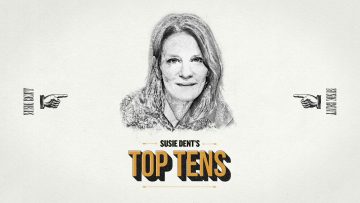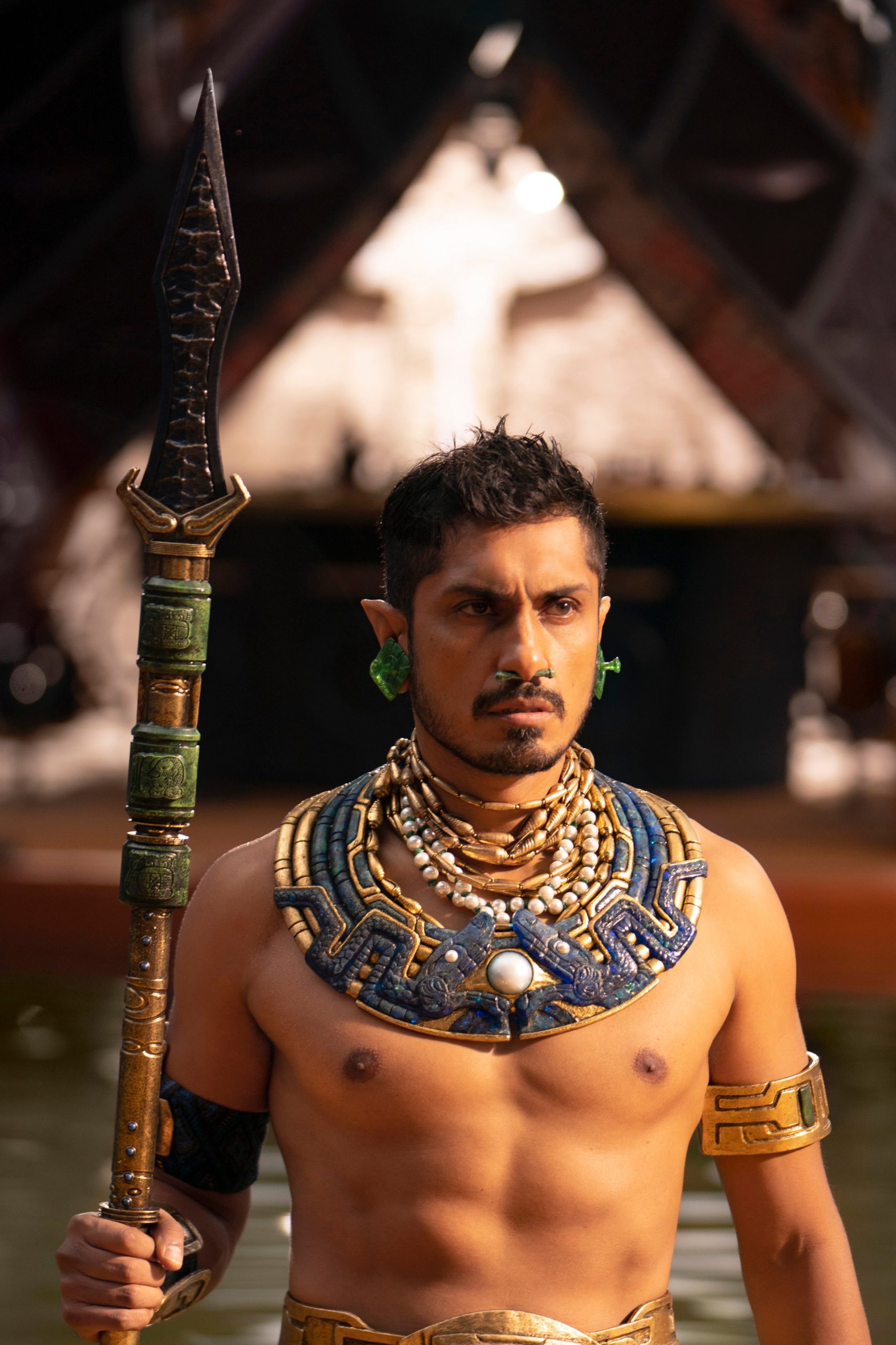
The last few years have seen a surge in inclusive casting in film, a move which many agree is long-overdue. Kate Padley argues the film industry should now move towards colour-conscious casting instead.
The recent trend of inclusive casting has not been without its naysayers. Lest we forget Laurence Fox’s now-infamous remark that Sam Mendes’ choice to include Sikh soldiers in 1917 was “institutionally racist” and “forced diversity on people”. It was only a matter of days before Fox put forth a fumbling apology after learning that Sikh soldiers did, in fact, fight shoulder-to-shoulder with their British comrades in WWI.
In spite of its controversy, the Fox incident demonstrates the power of intentional casting choices. Were it not for Mendes’ casting, the Sikh involvement in the war effort would likely have continued to be largely overlooked. In part, and probably by accident, Fox helped Mendes draw public attention to a previously erased history.
Mendes wasn’t the only director to take on inclusive casting practises in 2019. That same year, Dev Patel bounded onto the streets of Victorian London in Armando Ianniucci’s The Personal History of David Copperfield. But for all his kite-flying, donkey-herding joy, Patel shared some anxieties behind-the-scenes: “I do get worried […] Armando is telling the story of David Copperfield and we risk just ending up talking about the colour of my skin”.
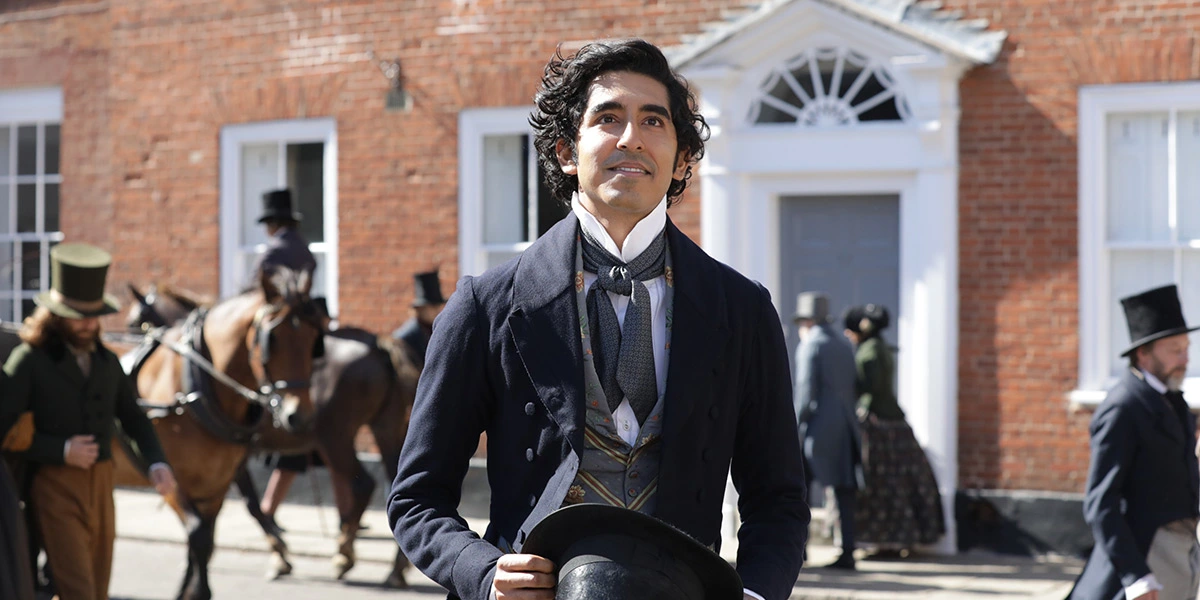
Dev Patel in The Personal History of David Copperfield. Credit: Searchlight Pictures
And herein lies the ‘issue’ of colour-blind casting. Whilst Iannucci’s intention to “draw on 100 percent of the acting community in England” when casting his film was certainly admirable, was it also reductionist? As Diep Tran, an arts journalist and advocate of ethical representation, explains: “colour-blind casting is dangerous in the same way the phrase: ‘I don’t see race’ is dangerous […] It negates the very real structural hindrances that block actors of colour from the same opportunities as white actors”.
If Iannucci’s talent-only approach worked, Patel’s fear that his skin colour would be the primary topic of conversation would have been totally unfounded. Unfortunately, time would prove it wasn’t.
Despite Dickens’ incredible legacy as one of literature’s most beloved figures, he also held some well-documented, fairly rogue views on Indians. Should more have been done, then, to acknowledge the fact that his beloved David Copperfield was now being brought to life by one of the most prolific Indian actors of our time? Did colour-blind casting mean a missed opportunity to highlight the cultural significance of this?
In short: could The Personal History of David Copperfield have benefitted from a different, more intentional casting approach?
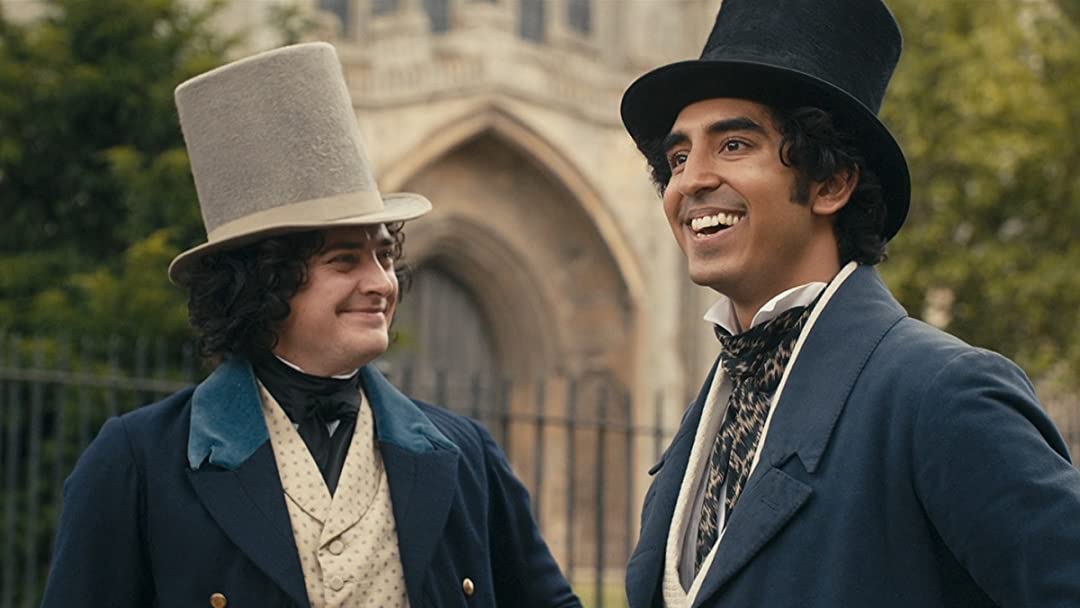
Credit: Searchlight Pictures
This is where colour-conscious casting enters the picture.
Whilst colour-blind casting laid the essential groundwork for diverse storytelling, the industry has gradually seen a transition towards colour-conscious casting. But what’s the difference between the two?
Tran explains in The Guardian article that “colour consciousness tells directors, producers and casting directors to make diversity part of their consideration when casting”. It’s singularly intentional, and allows room for the meaningful inclusion of cultural representation as part of a production, rather than just the visual representation.
A film which artfully demonstrates the power of colour-conscious casting is Black Panther: Wakanda Forever. In the original comics, Namor, the child of a human explorer and Atlantean princess, rules over the ancient Greek realm of Atlantis. In the film, however, Atlantis is reimagined to become Talokan, an underwater realm inspired heavily by Mesoamerican indigenous culture which has historically included the Mayas, Olmecs, Aztecs, and Toltecs.
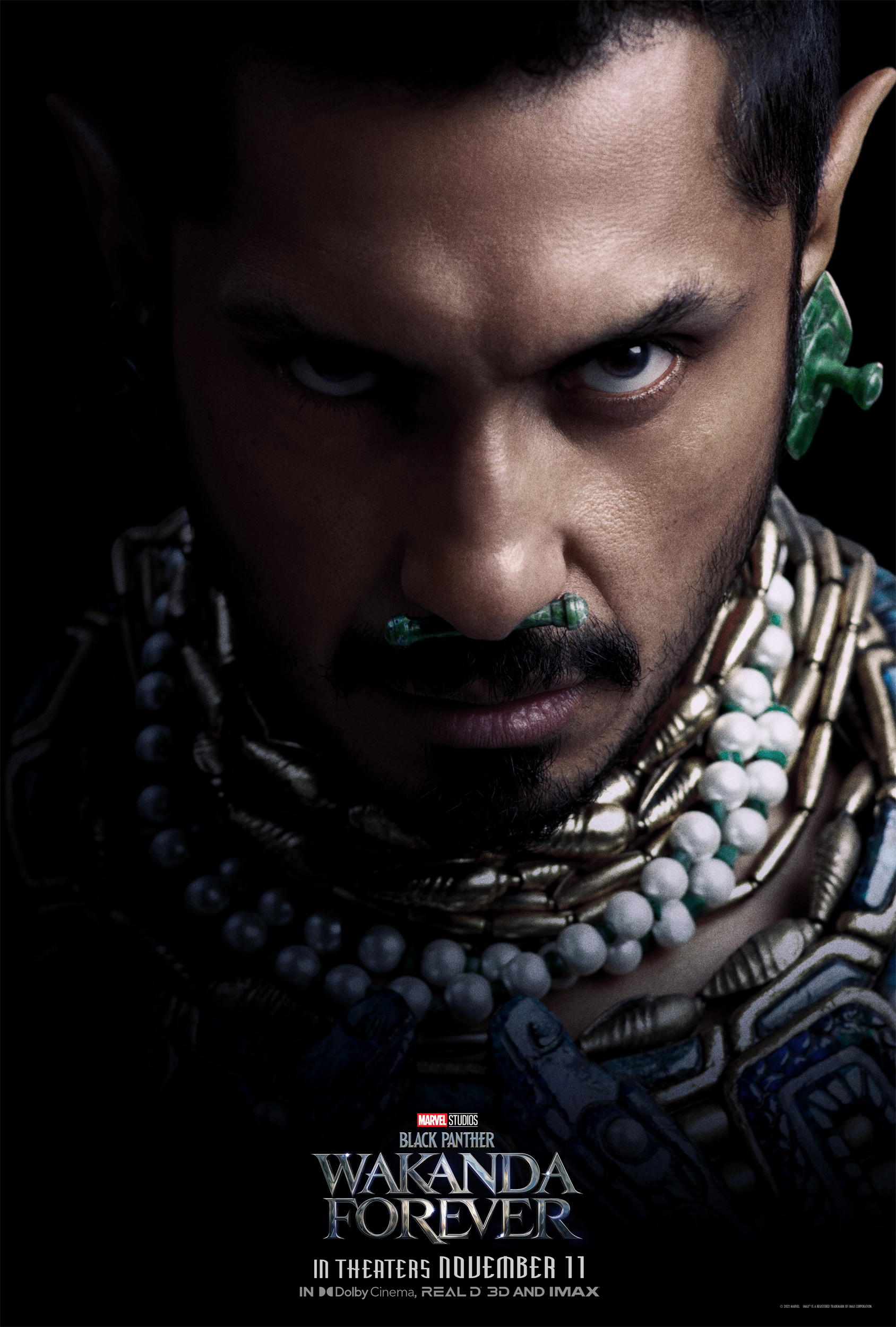
Black Panther: Wakanda Forever. © 2022 MARVEL.
Director Ryan Coogler’s decision to adapt Atlantis to Talokan in Wakanda Forever was prompted in part by the fact that Atlantis has already been widely explored in film. Explaining the reasoning behind the creative decision, co-screenwriter Joe Robert Cole said the team wanted “to make Atlantis feel like a place that was real in the world. So we had started that work of rooting Talokan to an ancient Mayan community, that kind of broke away and hid in the depths of the ocean and really dug into the Mesoamerican history of the Mayan people”.
Keeping with the indigenous culture which inspired Talokan – itself named after the Aztec legends of Tlālōcān – is the casting of Mexican actor Tenoch Huerta as its ruler, Namor. Speaking on his casting and connection to the role through his own heritage, Huerta explained what he hopes his legacy as Namor will look like: “They taught us to be ashamed of who we are, but it’s time to cut that off and say: This is who I am and I never had anything wrong with me”.
Black Panther: Wakanda Forever’s wilful inclusion of Mesoamerican culture in its storytelling informed the film’s casting decisions, and sets a precedent for what representation in film can look like. From the use of Yucatec Maya throughout, a language which has been in steep decline for years, to the detailed costuming paying homage to Mesoamerican culture, a too-long-ignored community has finally been welcomed into the spotlight on the grandest possible stage. And not to mention the countless viewers who will see their heritage represented on screen, some perhaps for the first time ever.
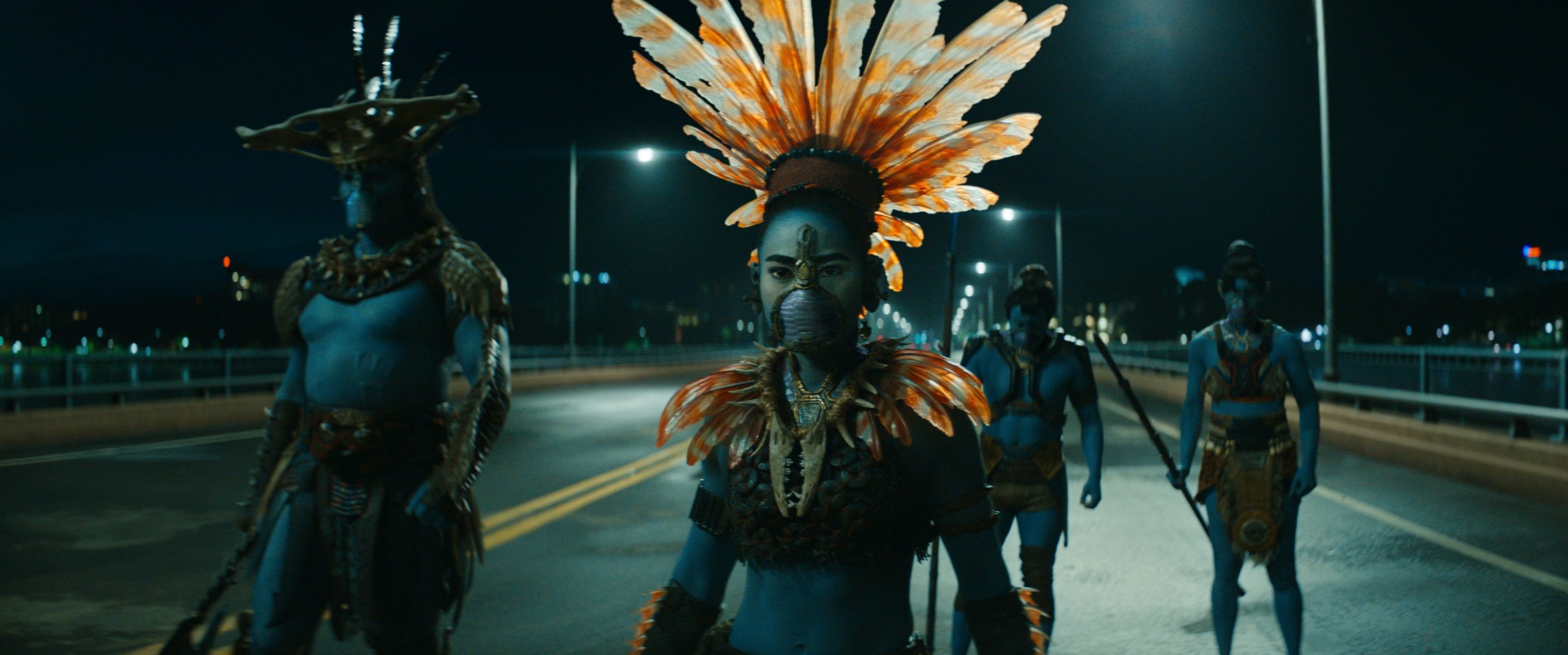
(L-R): Alex Livinalli as Attuma and Mabel Cadena as Namora in Marvel Studios’ Black Panther: Wakanda Forever. Photo courtesy of Marvel Studios. © 2022 MARVEL.
Similarly, Bridgerton changed the game for what Period dramas can look like with its approach to colour-conscious casting. Adjoah Andoh’s formidable Lady Danbury delivers a rousing speech in season one, reminding her nephew just how significant the Royal marriage has been: ‘We were two separate societies, divided by colour, until a King fell in love with one of us. Love, Your Grace, conquers all”. In writing these few short lines, showrunner Shonda Rhimes demonstrated exactly how intentional her diverse casting of Regency England was. It acknowledged the wilful exclusion of these communities previously, proving that the future of the genre could be flipped on its axis.
If that wasn’t enough, season two’s casting of Simone Ashley and Charithra Chandran as the Sharma sisters paved the way for the platforming of Indian culture throughout Bridgerton: from the haldi ceremony before Edwina’s wedding, to the nods to Indian clothing in costume design, to Kate oiling Edwina’s hair. Indian culture was included meaningfully as part of 19th Century London in a way Dev Patel’s colour-blind casting as David Copperfield unfortunately couldn’t mirror.
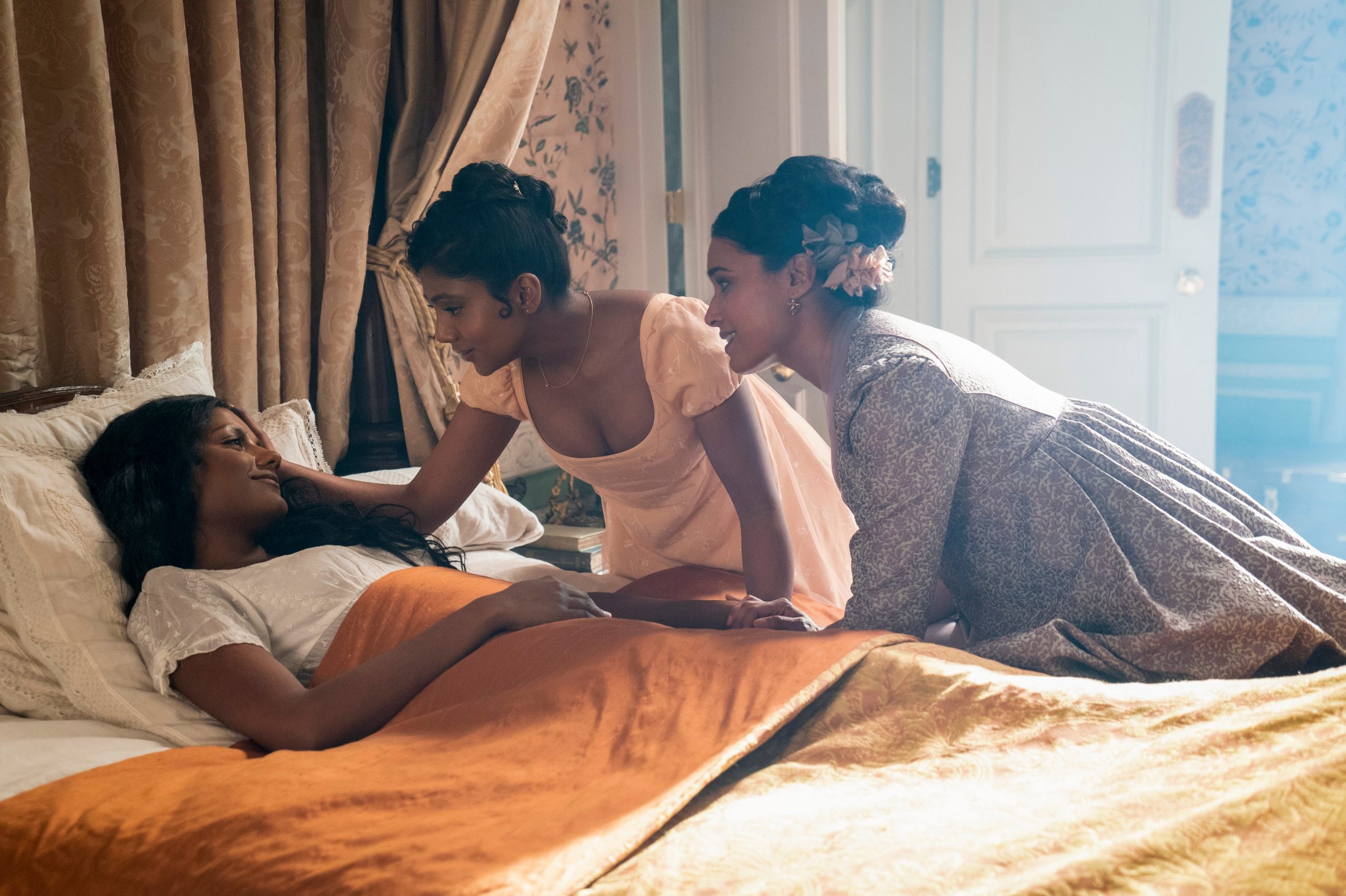
The Sharma sisters in Bridgerton. Credit: Netflix
But perhaps nothing has demonstrated the power of colour-conscious casting as much as Lin-Manuel Miranda’s revolutionary musical Hamilton. Casting some of the most significant roles in history – America’s founding fathers – specifically for global majority performers did not just welcome previously-excluded communities into America’s history: it reclaimed it for them.
Where previously, roles in America’s history have been depicted as being rather traumatic, Miranda flipped the narrative and offered these communities America’s most powerful legacies on a silver platter. He not only cast consciously, he also wrote consciously. The musical is a total phenomenon, proving how necessary and long-overdue this reclamation was.
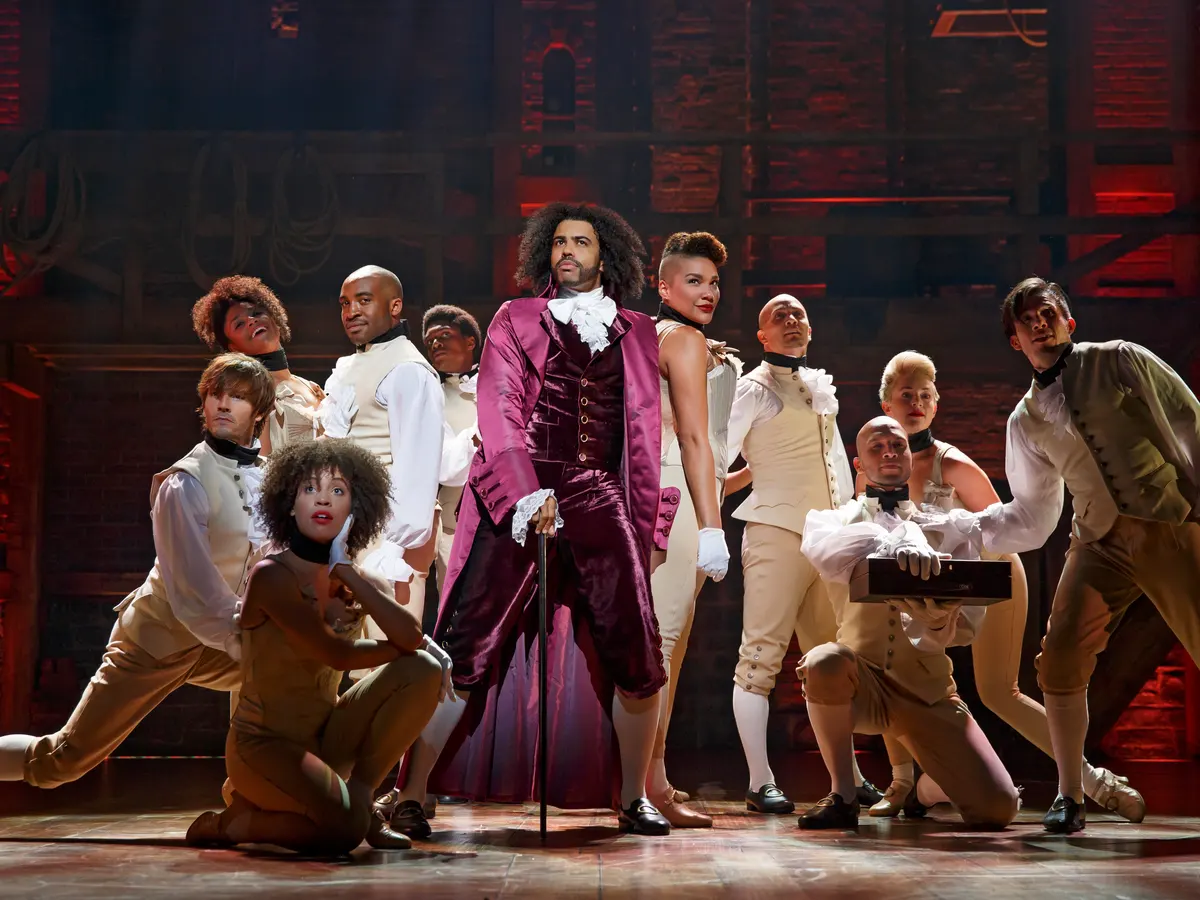
Lin-Manuel Miranda’s Hamilton.
Make no mistake, colour-blind casting remains critical to representation on screen, and its work shouldn’t be diminished by any means. But colour-conscious casting informs not only the actors who spearhead these productions, but also the world-building and histories which take shape around them.
As we slowly transition away from colour-blind to colour-conscious casting, one thing can be certain. After excluding so many communities for so many years, the film industry is finally beginning to recognise a responsibility it’s been shirking for too long: to welcome everyone to the table, and to celebrate them unapologetically while they’re at it.


